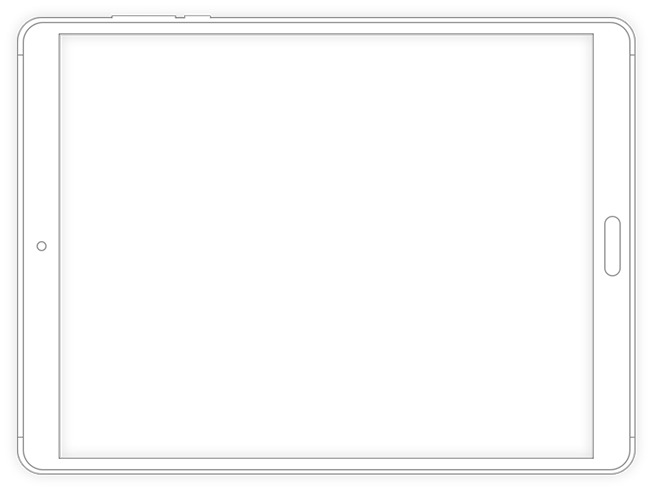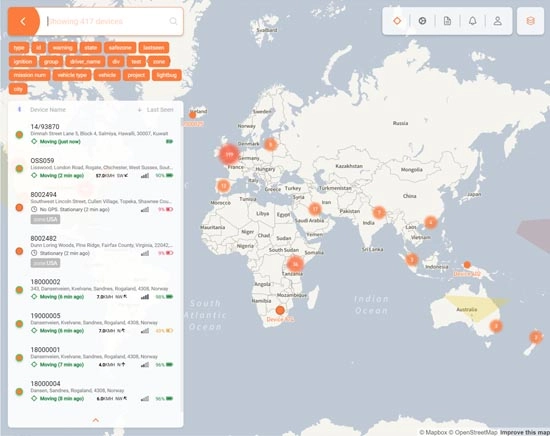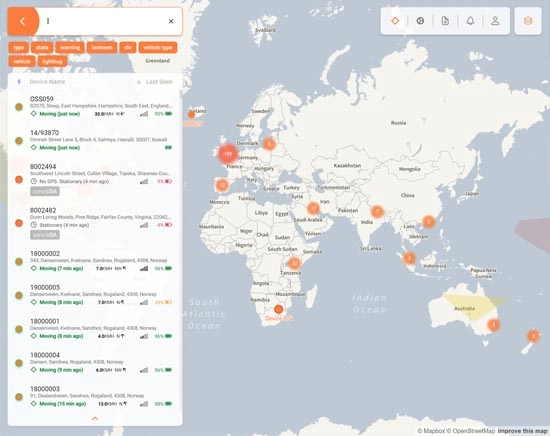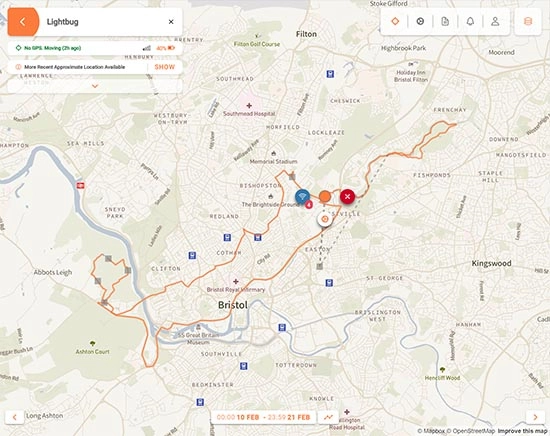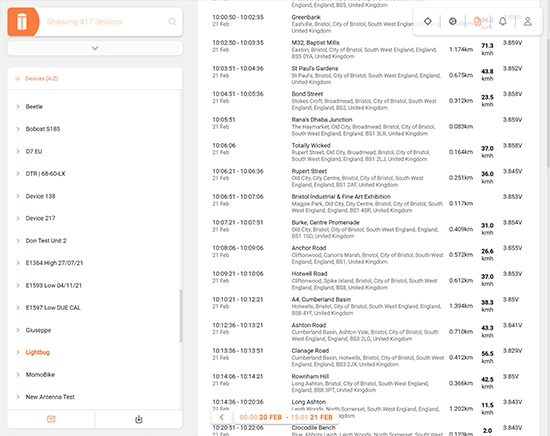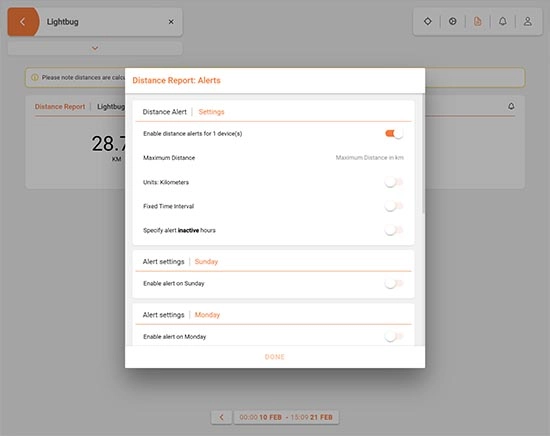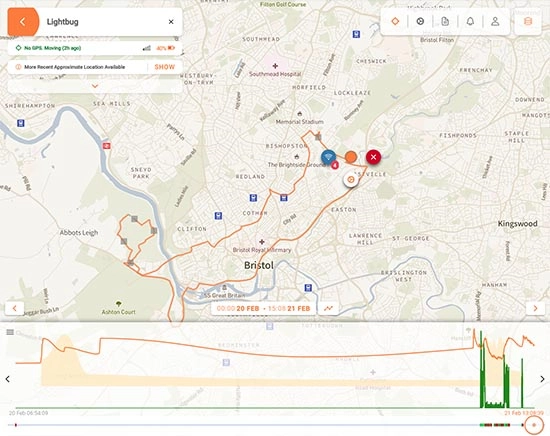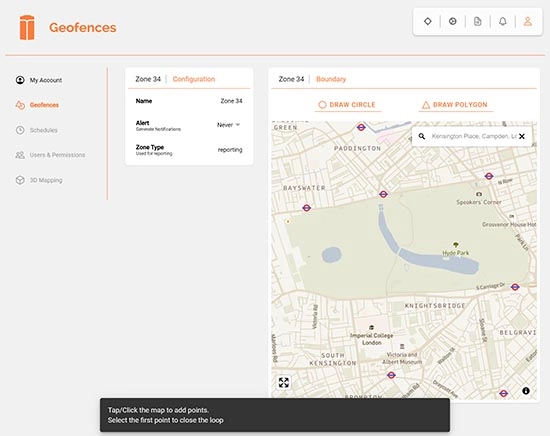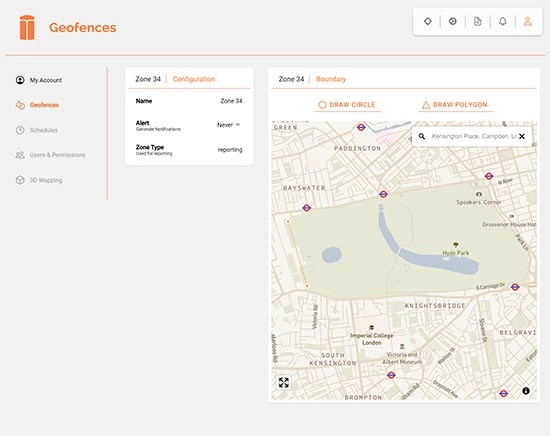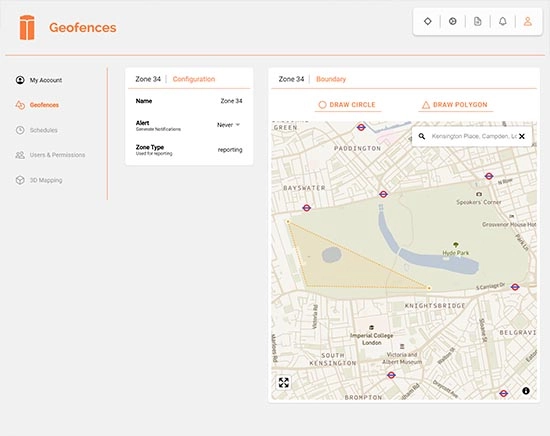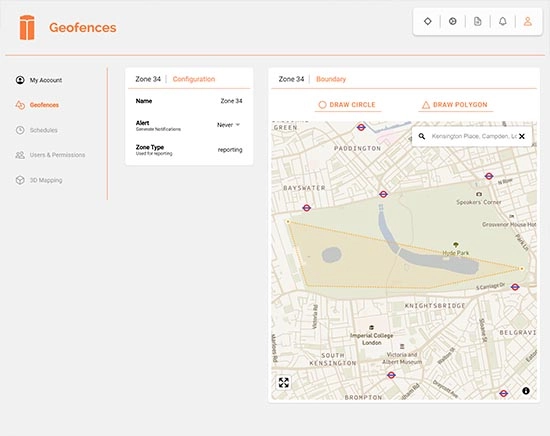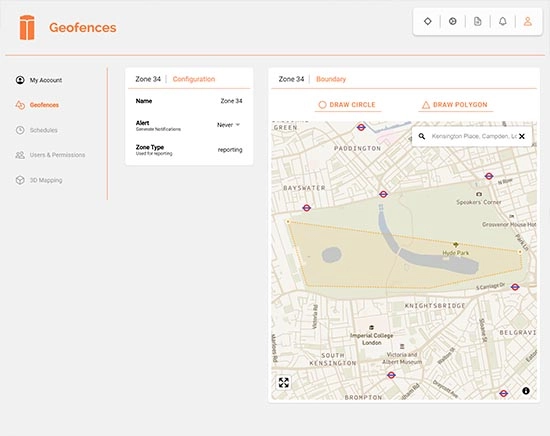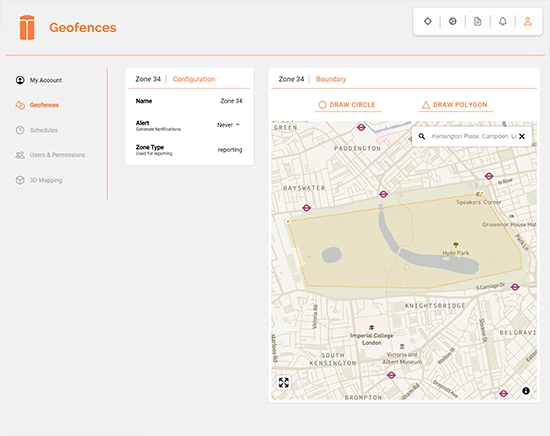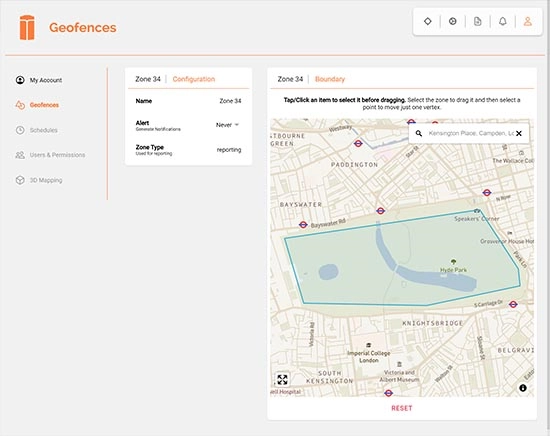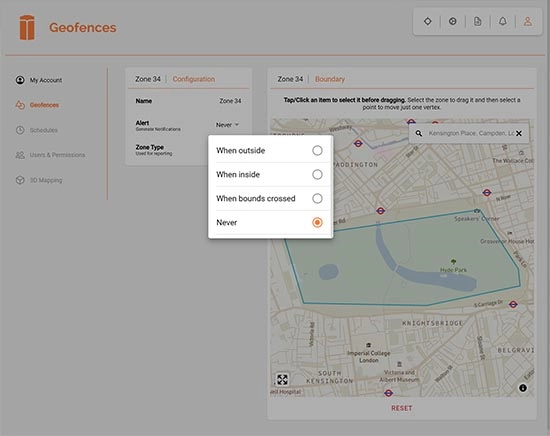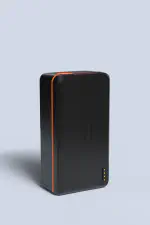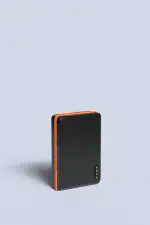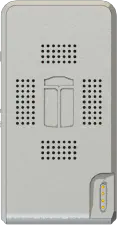- battery_charging_full Up to 5 Years battery
- public Works Anywhere
- sensors Built-in & external Sensors
- Discuss asset management challenges in your company
- Investigate how Tech/IoT can fit into your operations
- Review technology options and trade-offs
- Discuss areas where Lightbug might help (if any)
At Lightbug, we serve other businesses looking to extract value from location data. Our systems are designed to allow positioning of pretty much anything with maximum convenience.
Logistic providers and managers turn to us when they need to get a better handle on their supply chain or freight operations. Some just need to know where one very high value part is during a multi-month journey between facilities. Others, where all 10,000 returnable assets are at any given point.
Our customers in freight appreciate the speed of deployment we offer and the ease in extracting insights without any painstaking data entry or Excel wizardry. They generally find that the Lightbug software tools work out the box with no bespoke integration or training required.
Organisations that have used Lightbug for this purpose






Why use GPS Tracking
The complexity of supply chains is always increasing and often the flow of information breaks down. We like to use the example of the “2h” delivery window that couriers often offer but rarely deliver: wouldn’t “tell me an ETA, then when the driver is within 5 miles and then within 1 mile” be so much better?
There’s really no better way to solve visibility issues than with GPS tracking. This of course assumes the value generated by increased visibility covers the cost of tracking. This value calculation is of course complex but we’ve seen that generally, the following problems contribute to justifying a tracking system budget:
Operational Disruptions. Not knowing something is going to be late (or damaged) before the due date passes prevents companies from increasing utilization of assets and workforce (for example by pushing and pulling projects to fit the new timeline, preemptively)
Reputational Damage. If high value shipments are delayed or parcels are damaged in transit and the customer finds out from anyone other than you, it will taint their view of your company, no matter who is at fault.
Loss & Theft. If a shipment goes missing and isn’t tracked independently, chances of recovery are very slim. Claiming on insurance is an unwanted headache at best.
Low Utilization. Having assets “in transit” is a drain on a company’s balance sheet. Reducing that time requires a better understanding of where improvements should be made.
KPI targets missed. KPIs are often used as a measure for some of the above problems, as well as others. At a certain point, there are no improvements possible within the current system without additional data.
What Lightbug can offer
We have a range of trackers to tag essentially any freight container and an easy-to-use software interface for monitoring and managing them. Everything we offer is fully integrated and we aim to be a “one-stop-shop” for all your logistical tracking needs.
There is a hardware fee plus a recurring “data” fee (can be prepaid), with discounts available based on volume. With 10 or 10,000 devices, you and your team will be able to login from your phones and PCs to get an instant overview of your fleet. There are no “per user” fees.
Assets can be tagged to help with management and searching (for example Type = EuroCrate, BatchNo = 433). You can click on a location and view a list of all devices currently located within a 500m radius. Select two zones and you can analyze the trips between them. Alerts are easy to manage: you can get an email when a device stops moving for too long or if a shock is detected with 4 clicks. Reports are intuitive and can be emailed to you on a regular basis, so you can further automate many of the recurring tasks.
Bluetooth beacons can be used to tag sub-containers or warehousing areas. This allows insights such as “Trailer 511 is currently transporting plastic crates 100 to 106” or “Plastic crate 102 took longer to make journey A-B when on Trailer 511 when compared to Trailer 513” or even just “Part AC124 is currently in Warehouse 1, Bristol Office, tracking is disabled to conserve battery”.
What makes us different
Extreme configurability, with all the support you need. We know that each supply chain is different (which is part of the problem!) and often the alert condition is vastly different by customer. We build everything in house and will help you make the system work for you, not the other way around.
Global and Long term operation with no fuss. Devices can connect in 160 countries as standard, and will automatically resolve network issues without draining the battery. Typically you can expect a battery life of 1 to 5 years from our devices when used for monitoring freight, minimizing the need for contact with assets.
Low monthly cost starting at just £1.25 per month per device with bespoke pricing available on large deployments (5k devices or more)
Easy integration into other systems using our API, spreadsheet reports and notification systems, it is simple to have tracking data pushed through to wherever it can be helpful (e.g. customer dashboard as well as operations dashboard).
